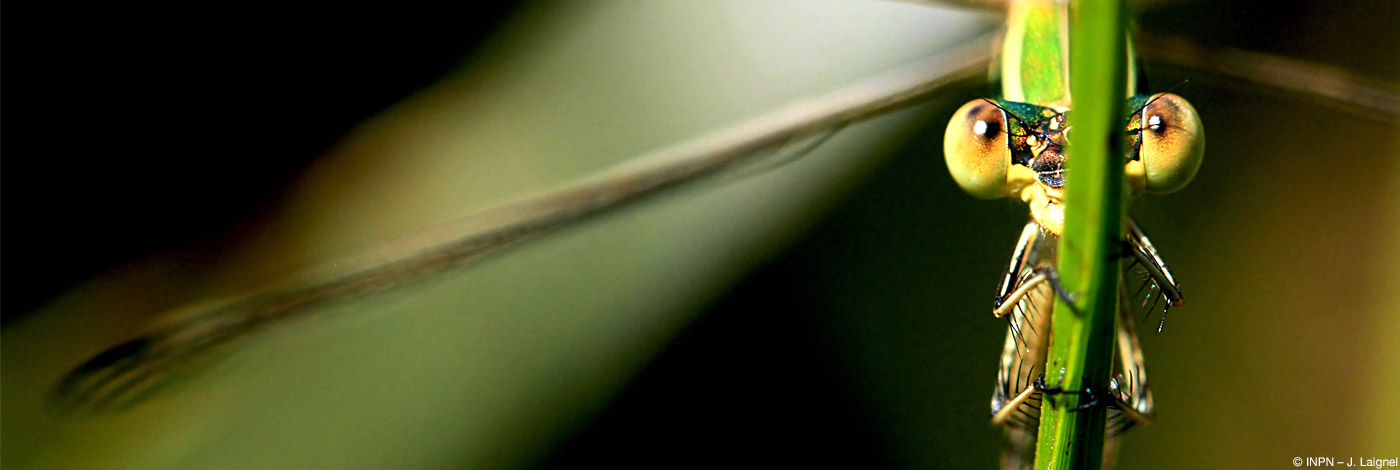

 Naturae
2022 (3) - Pages 31-41
Naturae
2022 (3) - Pages 31-41Facing the anthropic degradation, the European project Life Habitats Calanques aims to undertake the protection and ecological restoration of the remarkable littoral habitats of the Calanques National Park (PNCal) at a large scale. Among protected but degraded habitats of the PNCal, the “astragalus phrygana” account for a typical example of a littoral situation constrained by increasing anthropization and drastic climatic conditions. The population of Astragalus tragacantha L. (Fabaceae), a rare and protected species, are particularly vulnerable to trampling and to polluted sea sprays that threaten its habitat. However, thanks to its root symbiosis, this species tolerates hydric and nutritional stress as well as high concentrations of soil trace metals and metalloids (TMM) from former industrial activities. Based on the fine mapping of soil occupancy, the modelization of A. tragacantha presence have allowed to propose 11 favourable areas that could be used for reinforcement and/or reintroduction of A. tragacantha in the Calanques national Park. The TMM soil contamination was highly heterogeneous and diffuse across the sites but considered as not constraining for the plant grow.To optimize the success of the A. tragacantha population restoration, the strategy of ex situ seeds culture followed by seedlings translocation appeared better compared to seed-based translocation strategy. Ex situ controlled experiments showed the ability to form root symbioses in contaminated soils and to accumulate preferentially TMM in root parts which highlight the phytostabilization potential of this plant species. It is now possible to consider restoring the A. tragacantha populations by way of seedlings transplantation together with their root symbionts, either by reinforcement of existing populations, or by introduction in new favorable sites in order to increase the connectivity of its populations. Furthermore, such restoration approach will be also favorable to TMM phyto-stabilization and the re-functionalization of contaminated soils of the remarkable littoral habitats of the Calanques National Park (PNCal).